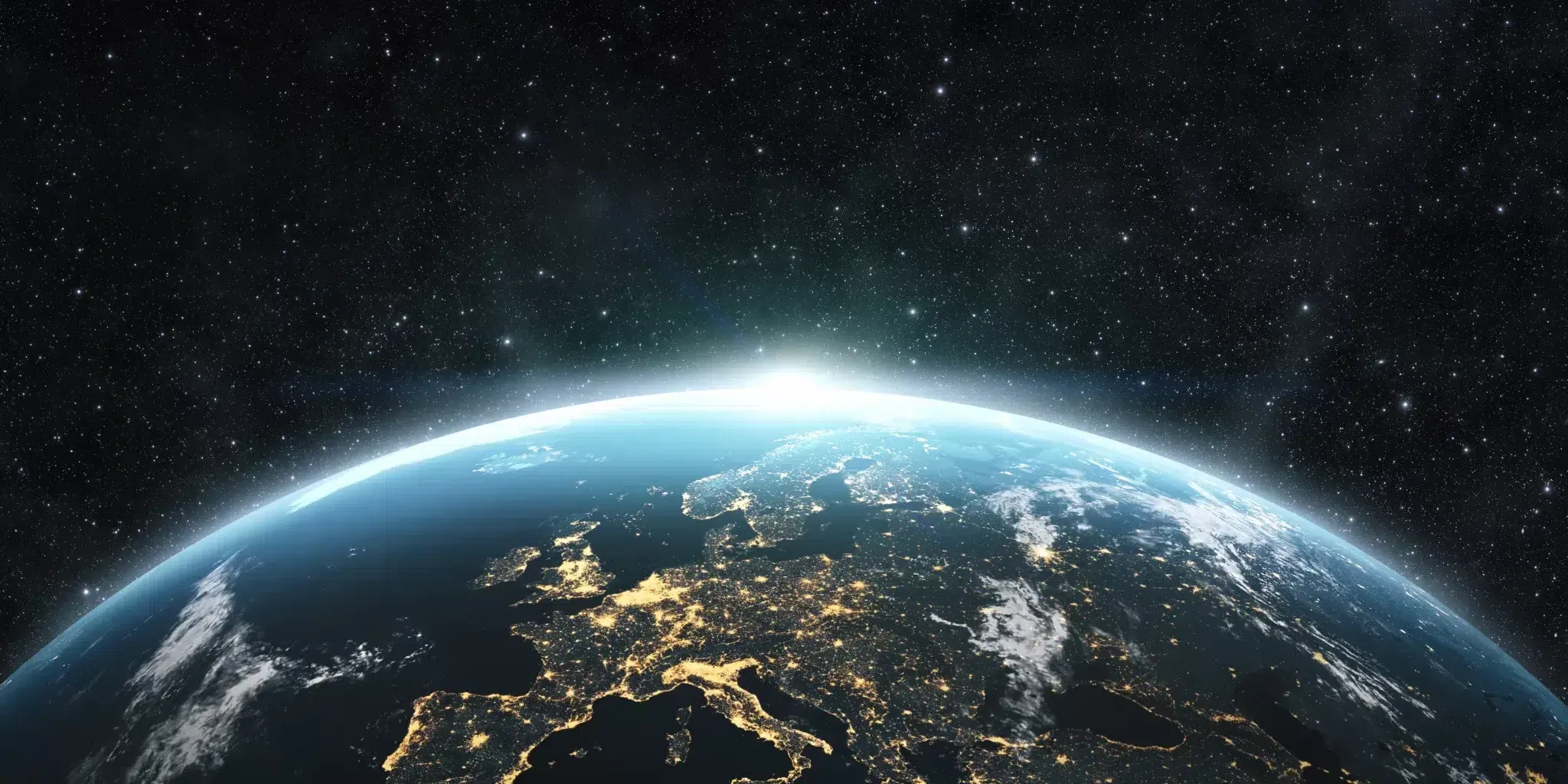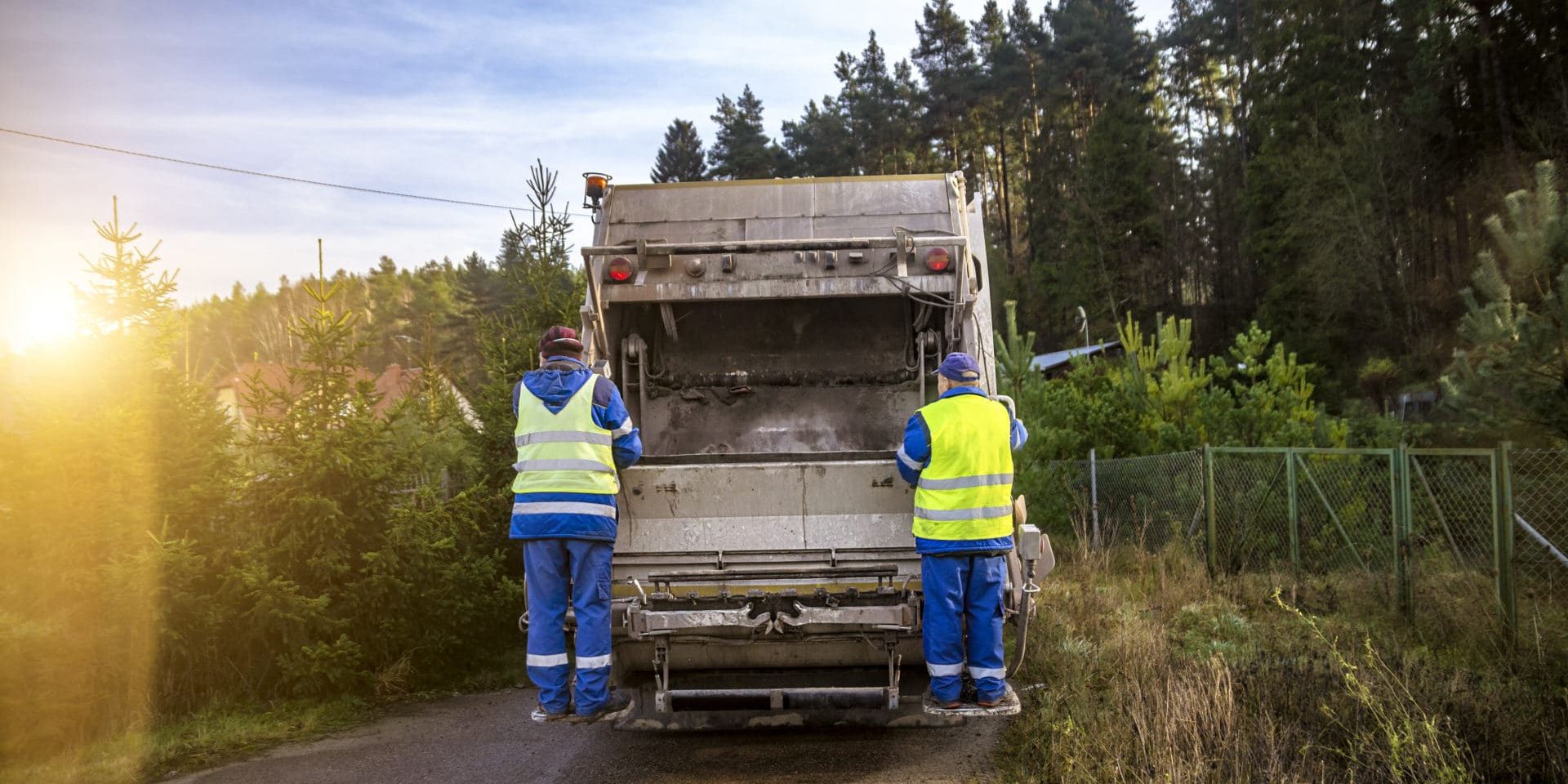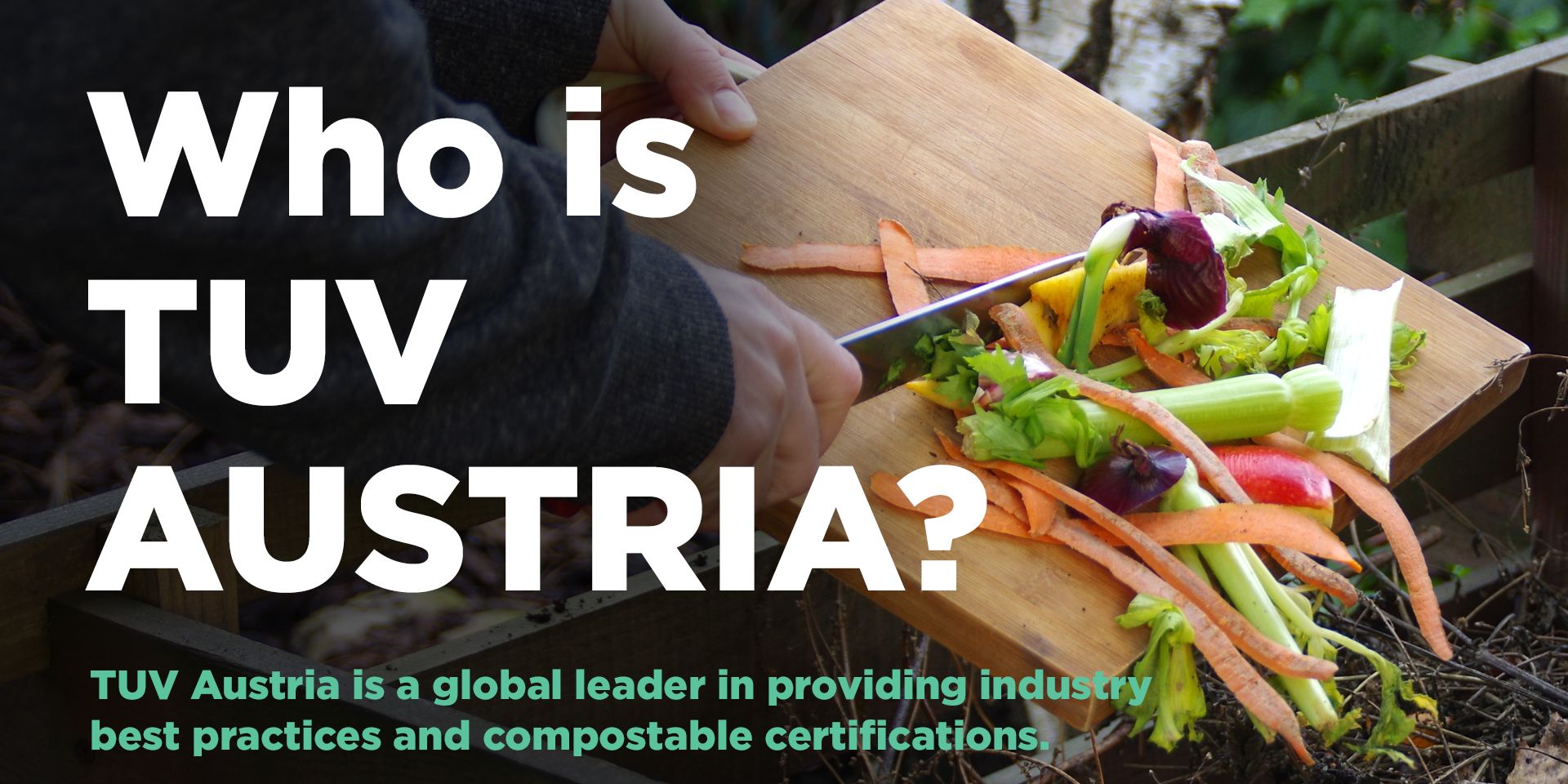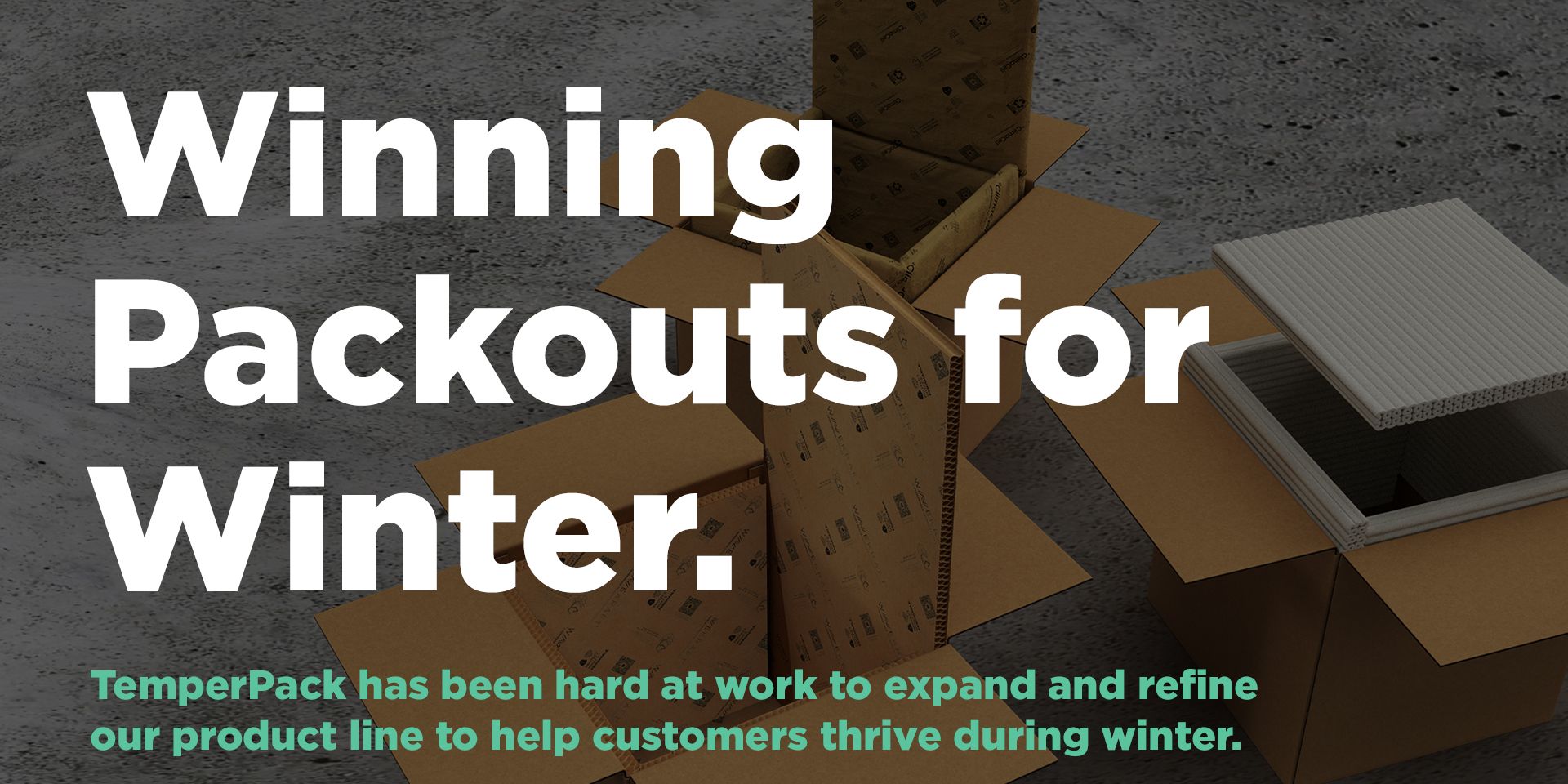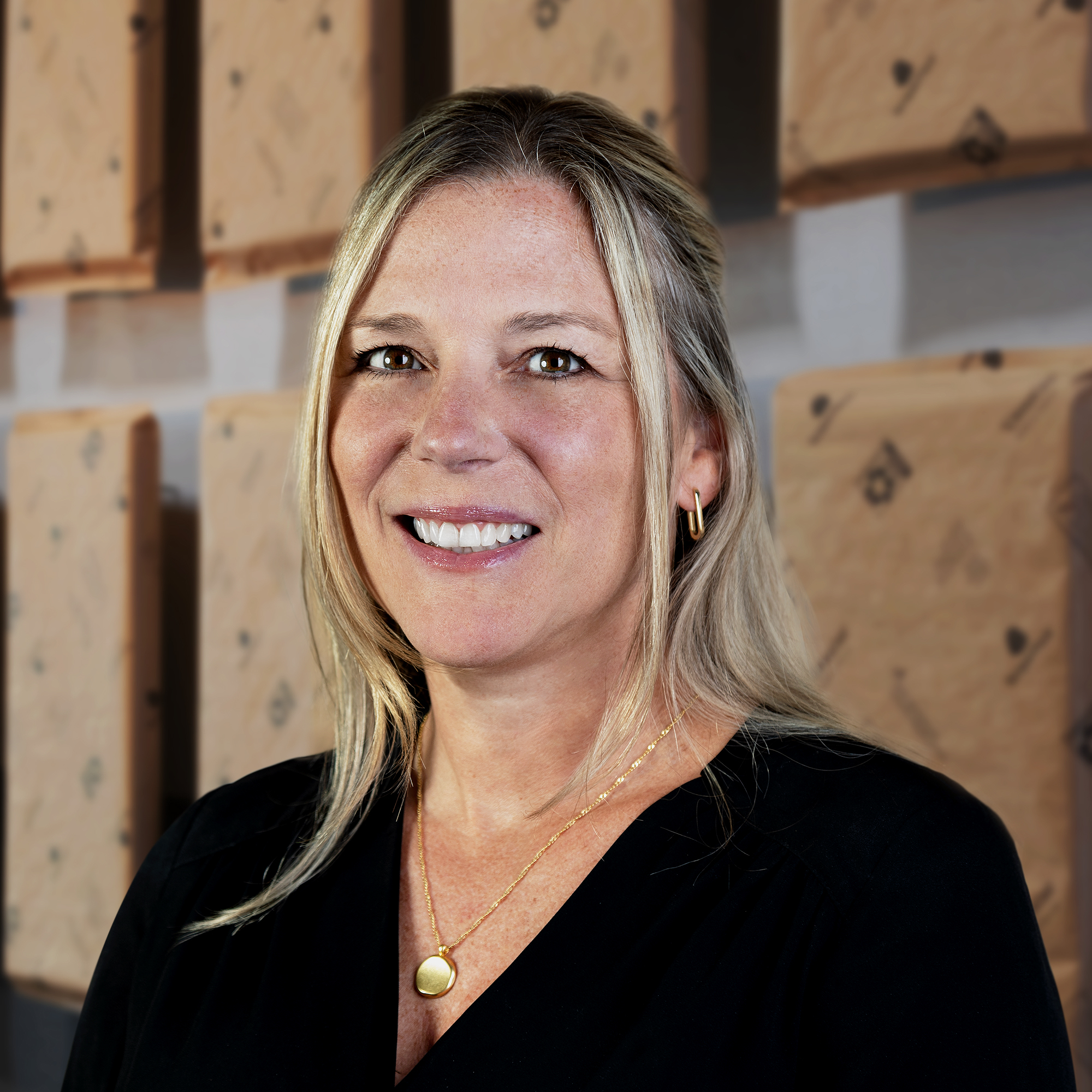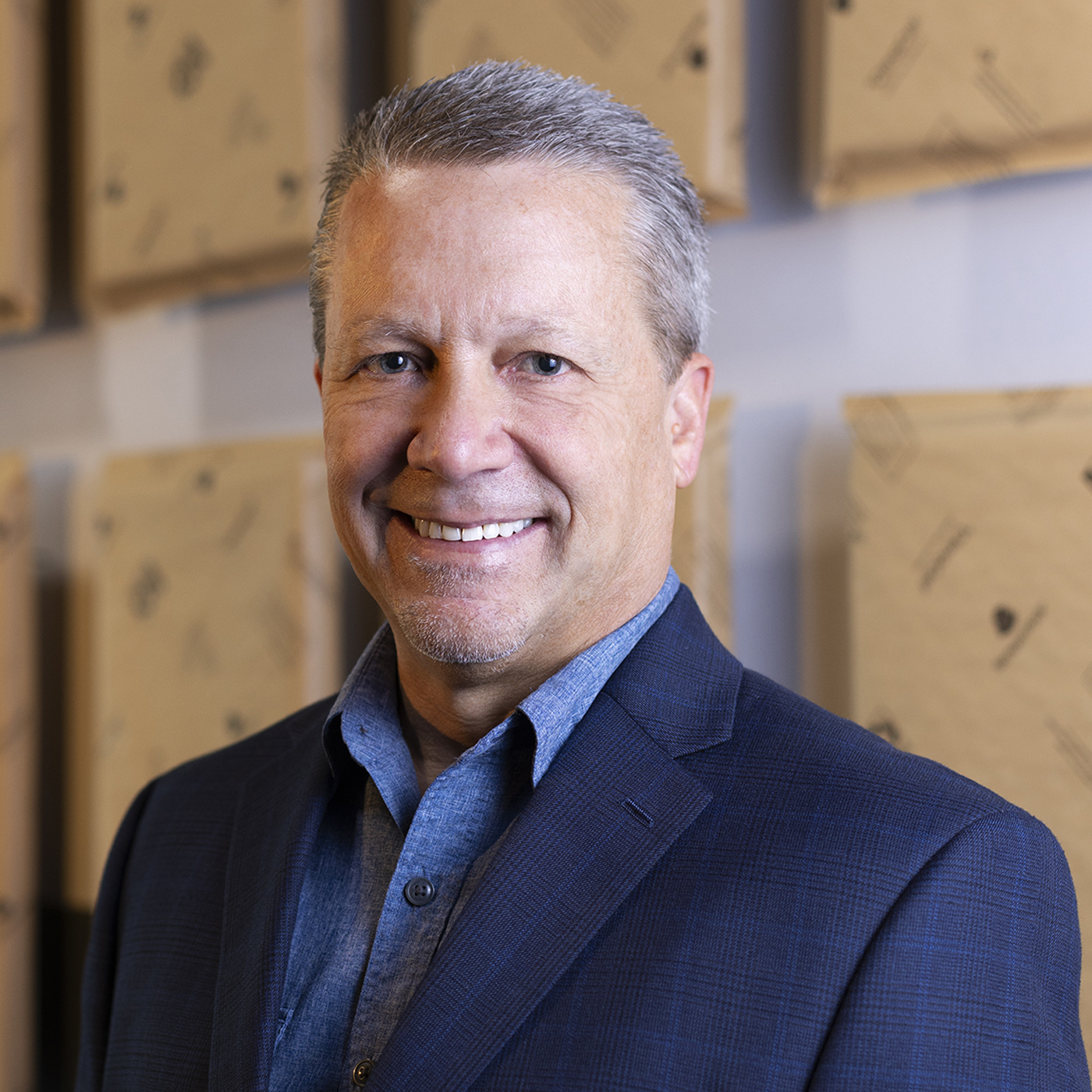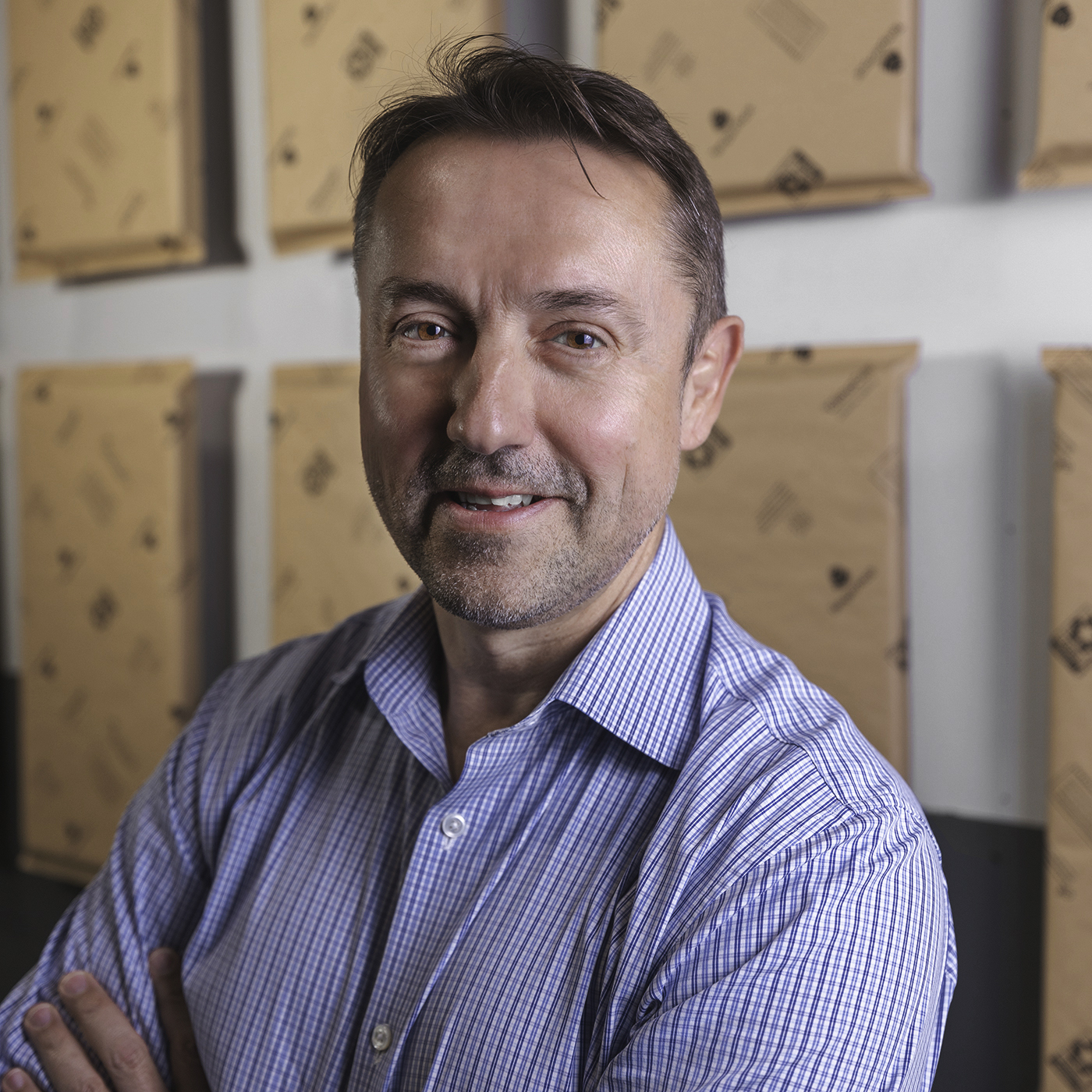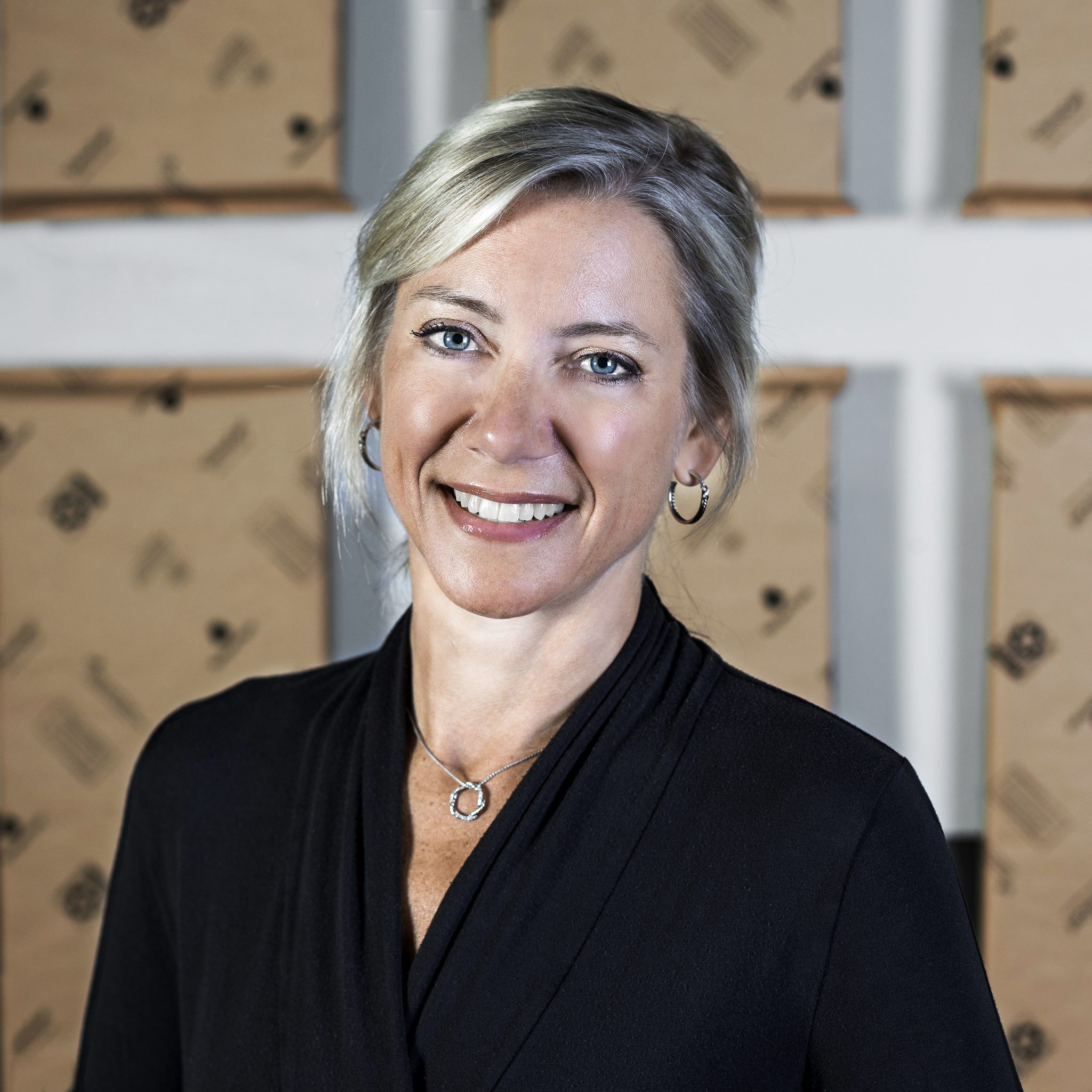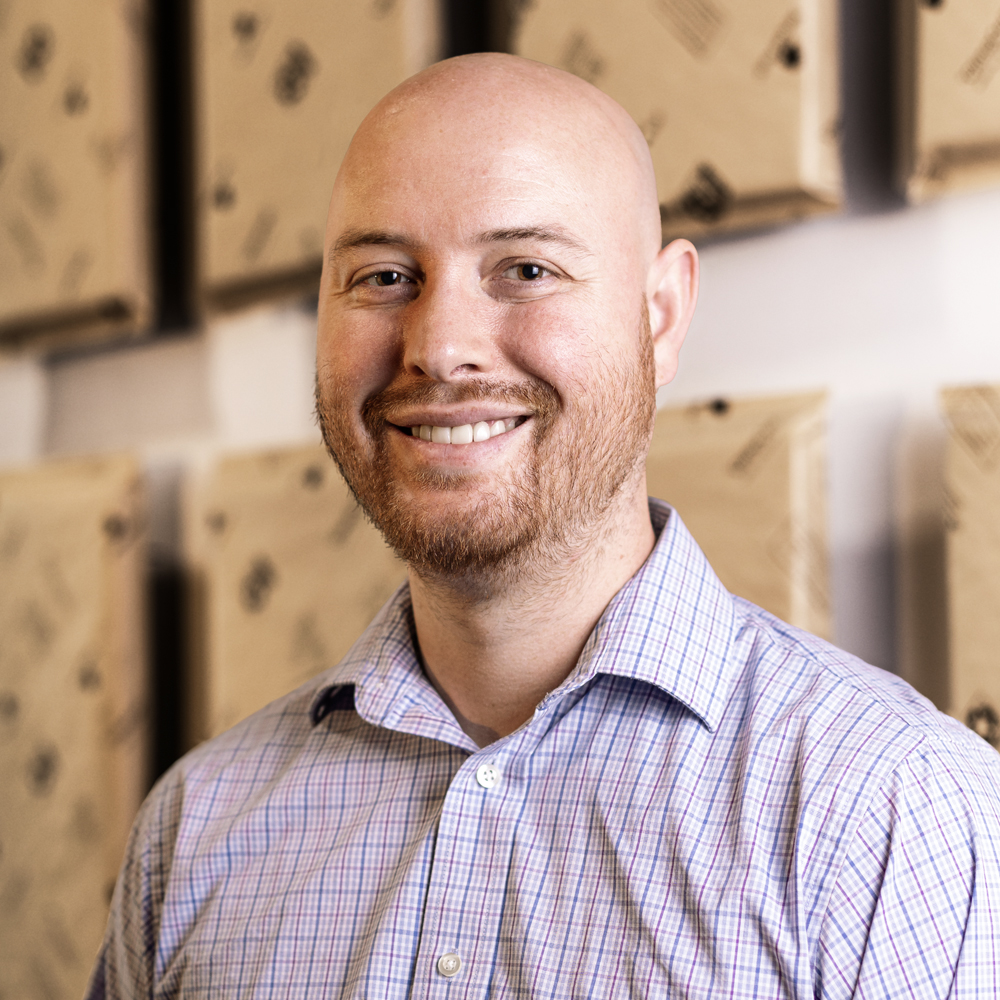In early March, states began issuing stay-at-home orders in response to COVID-19. Not surprisingly, home deliveries have gone through the roof, and recycling bins are overflowing with plastic packaging. Most people don’t realize when they toss a container with the chasing arrows in the recycling bin, it’s more than likely to end up in a landfill.
It’s a complex problem. And one that’s not high on our national priority list in the face of the pandemic. But the sharp increase in shipping and deliveries has made this issue more important now than ever. Non-recyclable plastics are contaminating our water and soil. The chemicals used to manufacture them are toxic. The world has been turned upside down by a virus, and this could be the world’s opportunity to turn climate change upside down, too.
This year, we’ve set a goal to eliminate 10 million pounds of plastic from entering US landfills.
Packaging manufacturers are challenged to find scalable technologies that provide a viable alternative to single-use plastics without compromising consumer preferences for affordability, brand appeal, and quality. Stuck with traditional technologies largely built around plastics, they promote recycling as the solution and increase their labeling efforts to communicate “proper disposal” to the consumer.
And yet there’s no point in collecting and sorting waste if you can’t find a buyer. Current viable markets in the U.S. only exist for typical water bottles and milk jugs. Consider all the other plastics that consumers use daily: coffee pods, fruit containers, plastic bags, wrappers, clamshell packaging, bubble wrap and air pillows, take-out containers, and the list goes on. According to National Geographic, 91 percent of plastic is not recycled and either becomes trash or litter. Recyclers are faced with outdated infrastructure and collapsing markets for the items that they are collecting, so they send it to the landfill. This information never reaches the mass consumer market so they continue to do what they think is best and throw plastics in the blue bin.
What if manufacturers weren’t allowed to use the “chasing arrows” symbol unless their products were truly recyclable? Going further, what if products that cause problems for recovery facilities had a "harmful if recycled" label?
— James McGoff, Co-Founder & CPO
Earlier this year, Greenpeace published a report detailing the state of U.S. recycling and concluded: “Companies must move beyond the outdated, failed approach of promoting recycling as the solution to excessive plastic waste and pollution. Furthermore, few U.S. cities have industrial composting facilities required to treat compostable plastics and many compost facility operators don’t want compostable plastics. We cannot recycle or compost our way out of the growing plastic pollution problem. Instead of pretending that the trillions of throwaway plastic items produced each year will be recycled or composted, we must stop producing so many of them in the first place.”
What if manufacturers weren’t allowed to use the “chasing arrows” symbol unless their products were truly recyclable? Going further, what if products that cause problems for recovery facilities had a “harmful if recycled” label? That won’t happen of course but I’d be curious to see how buying preferences would shift, and how big brands and retailers would react to this in terms of material selection. The question is not “how do we solve the challenges of recycling plastics?” or “when will the markets turn favorable?” It’s “how can we design products that are eco-friendly?”
Last year, we saved enough energy to charge 3.7 million cell phones for an entire year. This year we’re looking to double that.
Five years ago, we founded our company to offer a sustainable, plant-based alternative to Styrofoam, as only 3 percent of Material Recovery Facilities accept it and only 1.5 percent of the population has access to recycling it. The material itself is outdated, non-compostable, possibly carcinogenic, and is made from non-renewable resources in factories that produce heavy amounts of green-house gas equivalents. It’s also used all over the world in huge quantities.
The packaging and shipping materials we manufacture are one of several options available to companies who are truly committed to reducing waste. As businesses re-examine their environmental responsibilities, we must also increase public education so individuals understand the empty promise of the “chasing arrows” symbol. Until we decrease plastic production, local governments could create more industrial scale municipal composting sites and the federal government could explore stricter guidelines for when manufacturers can use the universal recycling symbol on their products.
Food and grocery deliveries will continue to increase as we shelter in place and it’s likely that many consumers will emerge from this period with an increased reliance on ordering online. The environmental consequence cannot be ignored. At the end of the day, we all want to fulfill our intention of recycling and contribute to a healthier planet.
